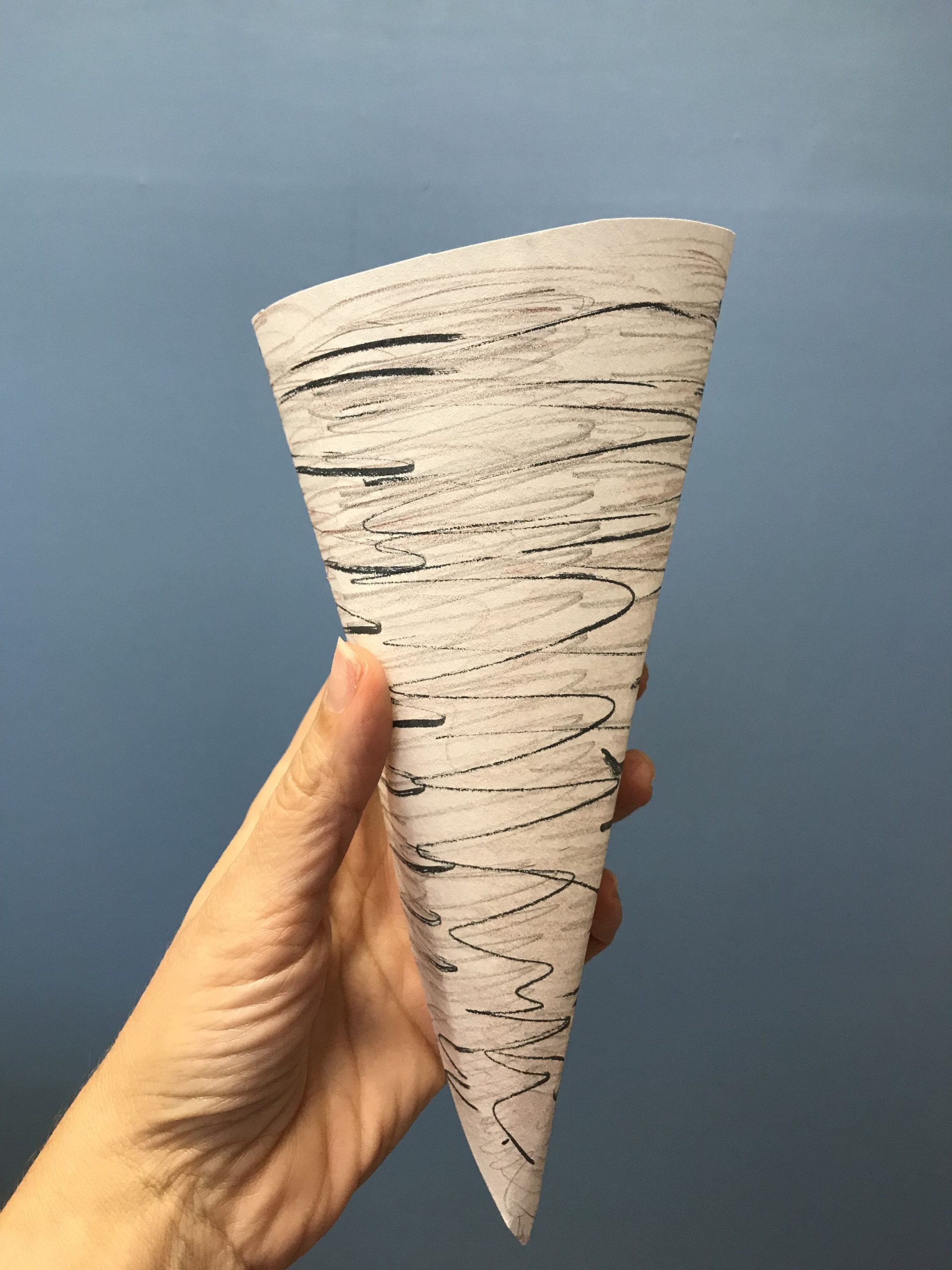Sure! Here’s your long-form article on “How to Make a Tornado”:
Tornadoes are powerful and destructive natural phenomena that have captivated the human imagination for centuries. They are known for their violent winds, destructive capability, and awe-inspiring appearance. While it is essential to note that creating an actual tornado is impossible and extremely dangerous, it is still possible to replicate some of the visual aspects of a tornado in a controlled environment. In this article, we will explore the steps to create a tornado-like effect safely using simple materials.
What You Will Need
Before we dive into the process, let’s gather the necessary materials. Here’s what you will need:
1. Two clear plastic bottles with caps
2. Electrical tape
3. Water
4. Dish soap
5. Food coloring (optional)
6. A tray or basin (to contain any spills)
Creating the Tornado-like Effect
Step 1: Prepare the Bottles
To get started, take one of the plastic bottles and fill it up to three-quarters full with water. However, leave some space at the top to prevent overflow when you start the swirling motion. If desired, add a few drops of food coloring to the water to make the tornado more visually striking.
Next, take the other plastic bottle and fill it halfway with water. Add a few drops of dish soap to this bottle. The dish soap will provide the necessary viscosity to create a vortex effect, giving your tornado shape and movement.
Step 2: Connect the Bottles
Once both bottles are prepared, firmly connect them at the mouth using electrical tape. Ensure that the bottles are securely attached and there are no significant gaps where water could leak out.
Step 3: Start the Swirling Motion
Hold the bottle assembly in an upright position, with the bottle containing the dish soap solution on top. Make sure the caps are tightly closed. Begin swirling the bottles in a circular motion, gradually increasing the speed of rotation.
As the liquid inside starts to circulate and gain momentum, a vortex will form, resembling the shape of a tornado. You can observe the swirling effect through the transparent bottles, making it a visually captivating demonstration.
Step 4: Enhance the Effect
To enhance the tornado-like effect, you can experiment with varying speeds and angles of rotation. Additionally, you can shine a flashlight on the bottles from below to create a more illuminated appearance.
It’s important to note that while this experiment creates a simulated tornado effect, it does not replicate the actual power or devastation caused by real tornadoes. Remember to exercise caution while conducting this experiment and ensure proper adult supervision if children are involved.
Frequently Asked Questions
Q: Can I create a tornado outdoors?
A: No, it is not possible to create a tornado outdoors. Tornadoes are natural phenomena that occur due to specific atmospheric conditions and cannot be artificially recreated in an open environment.
Q: Can I use different materials to create a tornado-like effect?
A: Yes, you can experiment with different materials to achieve similar visual effects. Some alternatives include using glitter, plastic beads, or even smoke for a more dramatic appearance. However, always prioritize safety and choose materials that are non-toxic and non-flammable.
Q: Are there any safety precautions to consider?
A: Absolutely! Always exercise caution when conducting any scientific experiment. Ensure proper ventilation if using smoke or any other potentially harmful substances. Keep the experiment away from open flames or heat sources. If children are involved, supervise them closely to avoid accidents.
Final Thoughts
Creating a tornado-like effect can be a fascinating and educational activity that demonstrates the fundamental principles of fluid dynamics and atmospheric science. While it cannot replicate the sheer power of real tornadoes, it provides an opportunity to explore the mechanics behind these incredible natural phenomena in a safe and controlled manner. Remember to have fun, prioritize safety, and embrace the wonder of scientific exploration.
